Botched liposuction is one of the most serious complications that clients may face after undergoing this cosmetic procedure. Although liposuction is now widely practiced in Vietnam and around the world, the reality is that if performed incorrectly or without proper safety protocols, it can leave lasting and damaging consequences. Join Liposuction Experience to explore the signs of bad liposuction, understand the potential causes, explore corrective options, and, most importantly, hear expert advice on how to ensure safety when considering cosmetic interventions.
What is a botched liposuction?
Botched liposuction refers to cases where the results of a liposuction procedure fail to meet aesthetic expectations or medical standards, leading to complications or causing the treated area to appear uneven, asymmetrical, or deformed. This is a serious risk that can negatively impact both the physical appearance and psychological well-being of the patient.
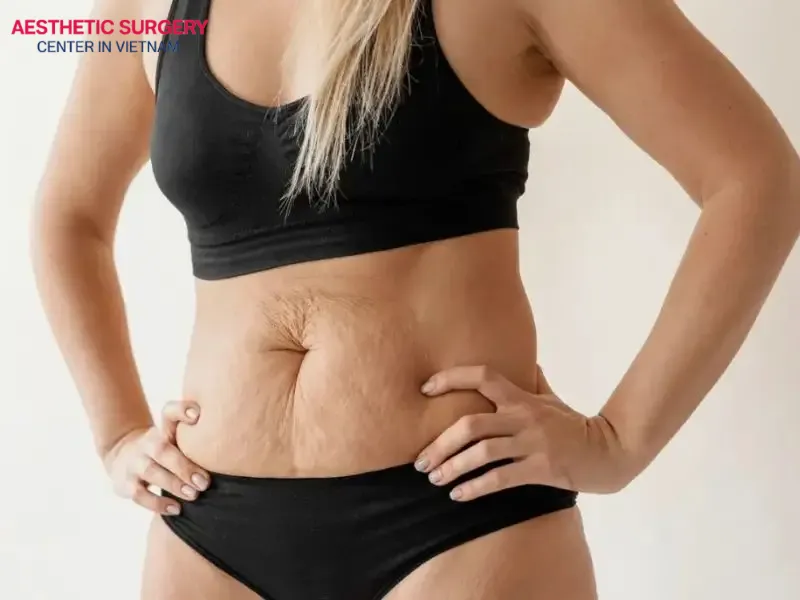
To minimize the risk of such complications, individuals considering liposuction should choose a reputable clinic with highly qualified doctors who can provide proper consultation, thorough evaluation, and safe, professional execution.
Why does liposuction go wrong?
Botched liposuction is a serious consequence that can result from various underlying causes. Identifying the correct cause plays a key role in determining the most effective solution for correction.
- Lack of professional expertise: When liposuction is performed by doctors without proper training in aesthetics or surgical techniques, the risk of complications significantly increases. Uneven fat removal, damage to connective tissues, blood vessels, or nerves under the skin can lead to lumpy, uneven, or deformed results post-surgery.
- Unlicensed or unqualified clinics: Facilities that lack proper licensing often do not meet safety standards. These places may have outdated equipment, non-sterile operating environments, and untrained staff, greatly increasing the risk of infections, fluid accumulation, or fat tissue necrosis after the procedure.
- Outdated techniques and technology: Using traditional or outdated liposuction procedures that are not suitable for modern standards can severely damage fat tissues, prolong recovery time, and result in scarring, fibrosis, or visible body asymmetry.
- Improper post-operative care: Failing to follow post-operative care instructions, such as wearing compression garments, avoiding intense physical activity, and properly taking prescribed antibiotics or pain relievers, can negatively impact healing and the final aesthetic outcome.
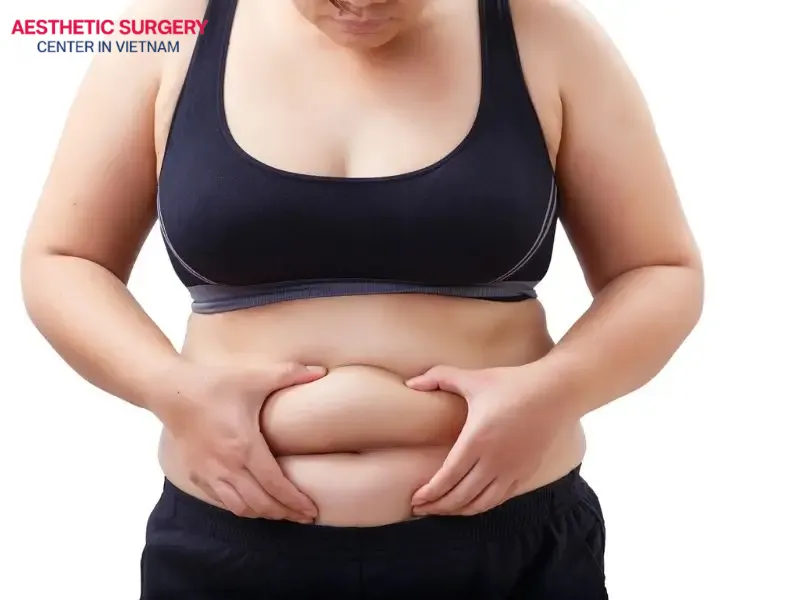
9 common signs of botched liposuction
When a liposuction procedure fails to deliver the expected results, the signs of poor outcomes often become quite apparent. Recognizing these signs early can help you take timely corrective action and minimize the risk of serious complications. Here are some of the most common symptoms:
Uneven, lumpy skin surface
One of the most visible signs of botched liposuction is an irregular, bumpy skin texture. This usually results from poor surgical technique, where fat is removed unevenly, some areas are over-suctioned while others are left nearly untouched, leading to noticeable depressions and bulges.
In addition, if the surgeon skips essential steps in the procedure, such as the final contour-smoothing process, the treated area may become deformed. Correcting this condition is not simple and often requires reconstructive surgery or fat grafting to restore smoothness and balance.

Loose or sagging skin
Skin sagging typically occurs when a large amount of fat is removed, but the skin has poor elasticity and cannot retract properly. This is especially common in older individuals or those who do not wear compression garments as recommended post-procedure.
If the surgeon fails to assess the skin’s ability to bounce back, the result can be excess, wrinkled skin, leaving the area looking aged and unattractive. Treatment options may include skin tightening procedures, lifting surgeries, or advanced technologies to improve skin firmness.
Asymmetrical appearance
A frequent outcome of liposuction gone wrong is a visibly unbalanced body shape, such as uneven hips, thighs, or waistlines. This often stems from the surgeon failing to follow the body’s natural contours during the fat removal process. The resulting imbalance affects aesthetics and is difficult to conceal.
Correcting body asymmetry may require revision surgery or fat redistribution through grafting, though achieving perfect results is not always guaranteed. Choosing an experienced and skilled surgeon is key to avoiding this issue.
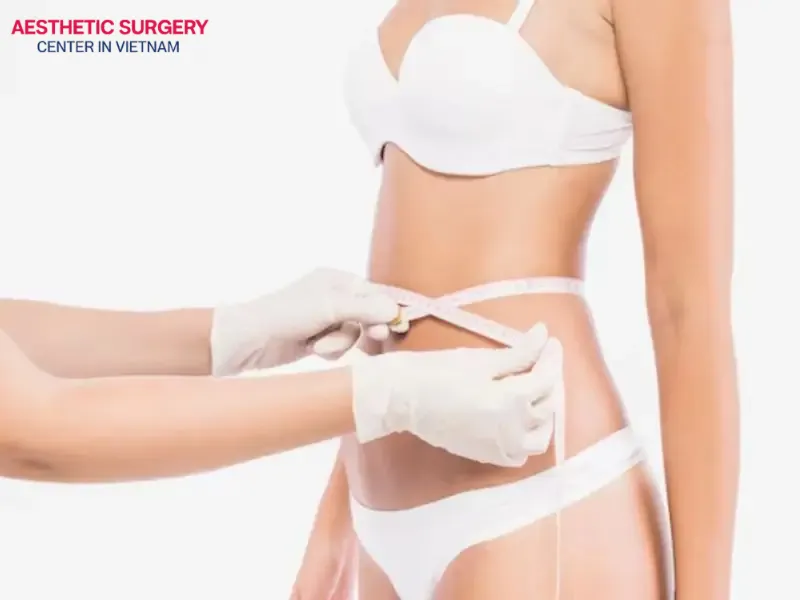
Prolonged skin discoloration and bruising
While bruising and skin discoloration are common during the initial post-op phase, if the bruises spread or persist for an extended period, it may indicate capillary damage, subcutaneous hematomas, or even tissue necrosis.
Additionally, improper post-operative care, such as taking the wrong medications or not wearing compression garments, can increase the risk of pigmentation changes. In some cases, these discolorations may become permanent, affecting the appearance of the treated area.
Lumps or bumps under the skin
Persistent lumps and uneven skin texture after liposuction often point to poor technique. Uneven fat removal can result in fat pockets accumulating beneath the skin, making the surface appear bumpy and unbalanced.
In other cases, if the cannula (liposuction tube) is inserted too close to the skin surface or the recovery process is disrupted, hard nodules may form due to tissue pulling or scar tissue development. If this condition doesn’t improve within a few weeks, medical intervention is necessary to assess and potentially recontour the treated area through corrective procedures or fat grafting.
Prolonged pain and numbness
Mild soreness and numbness are typical after liposuction, but if these symptoms persist for several weeks without improvement, it may be a sign of complications. They may indicate nerve damage, especially common in sensitive areas such as the lower abdomen, thighs, or lower back.
In such cases, soft-tissue ultrasound or MRI may be required to evaluate potential long-term nerve injury.
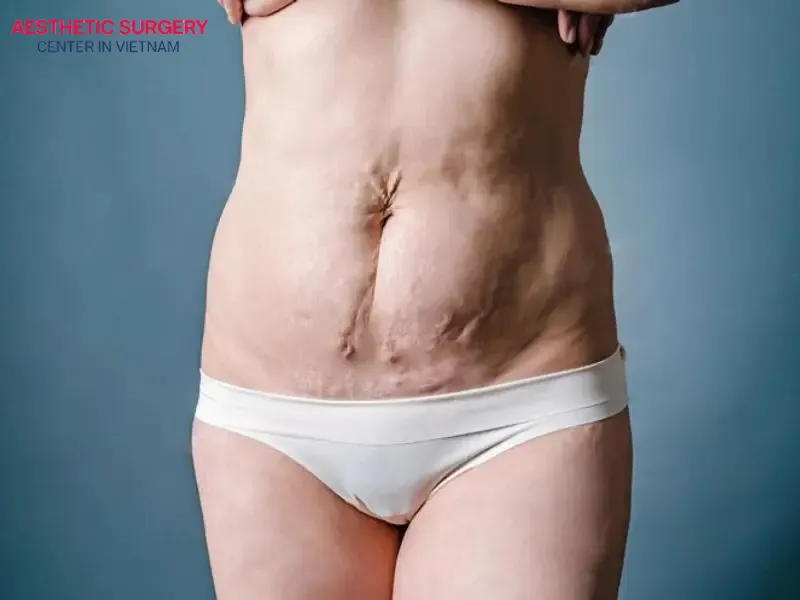
Severe seroma
Seroma is a common complication that often occurs after liposuction procedures with poor surgical technique or improper post-operative care. When the lymphatic system is unable to fully drain the excess fluid from the treated area, the fluid accumulates and forms pockets under the skin. These are often accompanied by sensations of tightness, abnormal swelling, or visible bruising and discoloration.
In more severe cases, medical intervention is required, such as fluid aspiration, drainage, or the use of medication to reduce the buildup, under close medical supervision. If not treated promptly, a severe seroma can interrupt the healing process and negatively affect the aesthetic results of the liposuction.
Infection or skin necrosis
Infection after liposuction often occurs when the surgical site is not properly cleaned, sterilization is inadequate, or post-operative care is not followed according to the doctor’s instructions. Common signs include redness, warmth, pus formation, swelling, fever, or severe pain around the treated area.
Skin necrosis, on the other hand, refers to tissue death caused by insufficient blood supply. This condition is typically the result of overly aggressive suction techniques, damage to blood vessels, or liposuction performed too close to the skin’s surface. Both complications can severely affect the aesthetic outcome and may cause long-term tissue damage or result in permanent scarring.
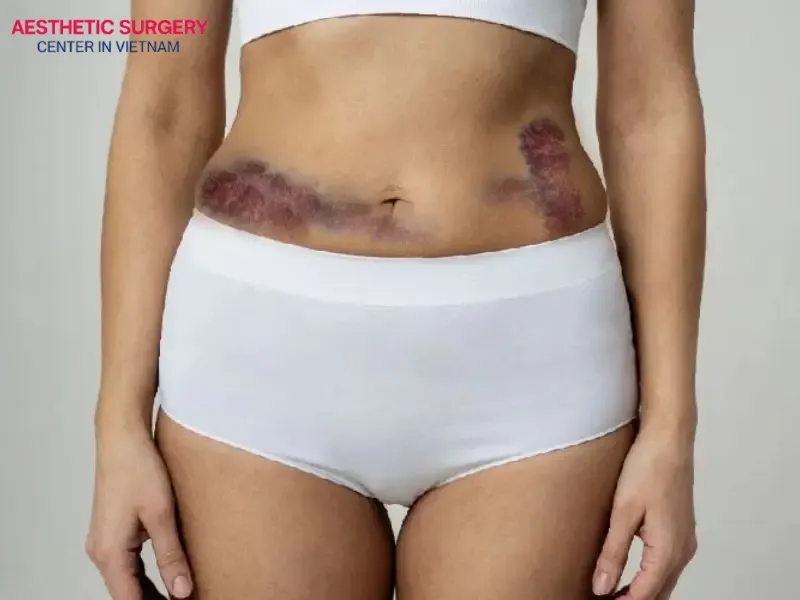
How to fix botched liposuction?
Correcting the consequences of a botched liposuction procedure requires expert intervention from a highly trained and experienced cosmetic surgeon. Depending on the extent of the damage and the nature of the complications, the doctor will recommend the most appropriate corrective method to restore aesthetics and minimize long-term effects.
Consult a board-certified plastic surgeon
The first and most crucial step after experiencing liposuction complications is to seek consultation with a board-certified plastic surgeon who has successfully handled liposuction revision cases. These specialists are trained to assess the extent of the damage, identify the causes of irregularities, asymmetry, or sagging skin, and propose optimal corrective plans. Depending on the case, this may include revision liposuction, fat grafting, or skin-tightening procedures to restore natural body contours.
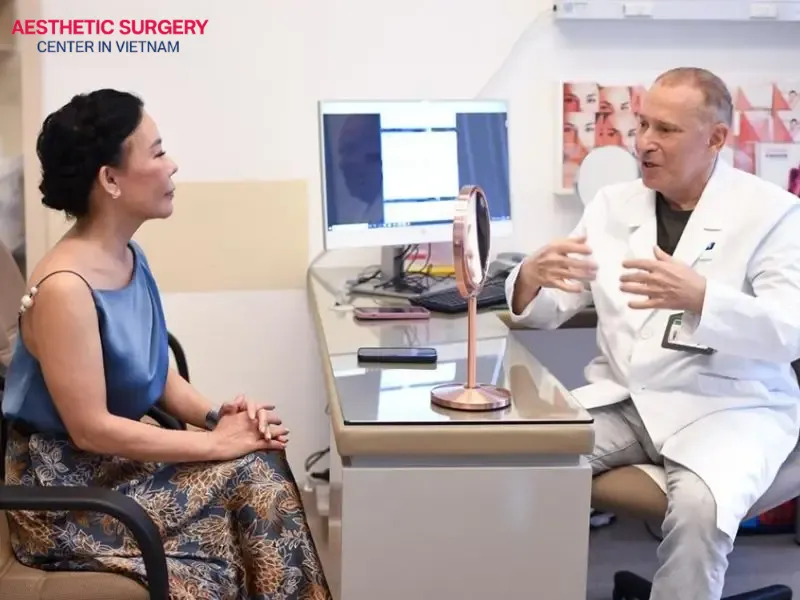
Revision liposuction
Revision liposuction is a common solution for addressing issues such as uneven fat distribution, residual fat pockets, or wrinkled skin. The surgeon will perform precise liposuction to remove remaining fat deposits or correct contour defects with autologous fat, helping to recreate harmonious and balanced contours.
This procedure requires extreme precision, as the treated areas have already undergone trauma and may be at higher risk of infection or even tissue necrosis. Therefore, it is essential to choose a surgeon with extensive experience and technical expertise.
Skin tightening
Skin tightening is often necessary in cases where sagging or loose skin results from uneven or excessive fat removal.
Depending on the severity, the surgeon may recommend non-invasive tightening treatments that stimulate collagen and elastin production for firmer skin. In cases of significant laxity, surgical skin excision may be necessary, particularly in areas such as the abdomen or thighs.
Fat transfer
Fat transfer is frequently used to correct contour deformities and volume loss caused by botched liposuction. This procedure involves harvesting fat from another area of the body (such as the abdomen, thighs, or buttocks), purifying it through centrifugation, and carefully injecting it into the targeted area. To ensure survival and a smooth result, the injection process must be performed meticulously and evenly.
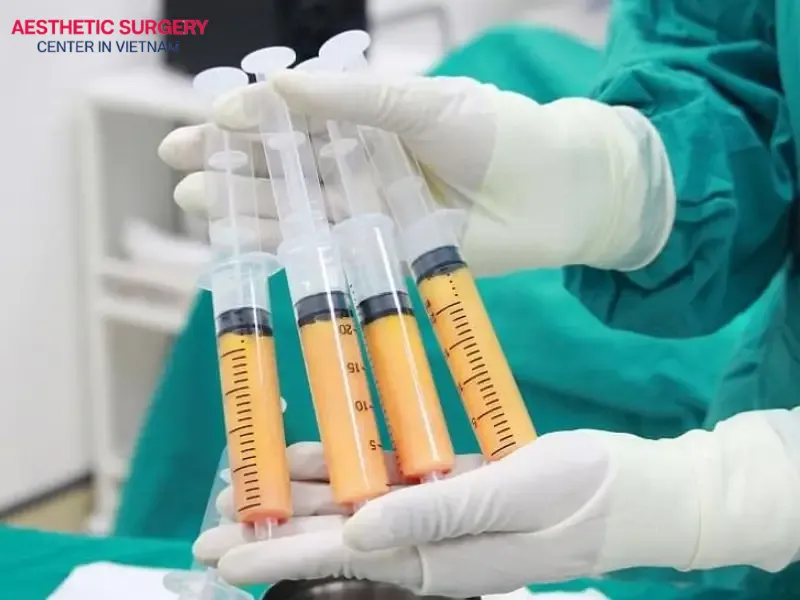
Scar revision
Unsightly scarring, such as keloids, dark pigmentation, or thickened tissue, can significantly affect the aesthetic outcome of liposuction. Based on the scar type and severity, the surgeon may suggest one or a combination of the following treatments: scar tissue excision, precise surgical closure, CO2 fractional laser therapy, or corticosteroid injections.
How to prevent a bad liposuction?
Complications after liposuction are something no one wants to experience. To reduce the risk of botched liposuction, it’s essential to follow these key guidelines:
- Choose a highly qualified surgeon: Always select a board-certified plastic surgeon who specializes in liposuction with valid medical credentials, formal training in cosmetic surgery, and real-world experience with successful liposuction procedures.
- Direct examination and assessment of facilities: Before making any decision, visit the clinic in person for a direct examination, assessment of sterile conditions, supporting machinery, and post-operative care procedures.
- Read reviews and do your research: Look into client reviews on social media or beauty forums. It can help you better understand the procedure and prepare for any potential complications. This knowledge empowers you to make more informed choices.
- Follow pre-operative instructions strictly: Before surgery, you must strictly follow your doctor’s guidelines, such as stopping any blood-thinning medications, avoiding smoking and alcohol, and undergoing a full medical check-up.
- Prioritize safety over cost: A truly safe and effective liposuction procedure doesn’t come from the cheapest provider, but from one with skilled doctors, a scientific process, and the ability to handle complications promptly. While comparing liposuction cost, it’s important to remember that choosing a reputable, licensed facility is the best way to prevent botched liposuction and ensure lasting, satisfying results.

Botched liposuction not only affects your appearance but can also pose serious health risks if not timely and properly treated. Choosing a trusted aesthetic clinic and a qualified surgeon is the key to avoiding unnecessary complications. If you’re currently dealing with botched liposuction or are seeking safe and effective liposuction in Vietnam, contact Aesthetic Surgery Center at 0911 582 499 to be supported by our team of experienced, board-certified surgeons. We will provide you with personalized consultation and optimal solutions, ensuring both safety and satisfying aesthetic results.



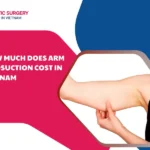
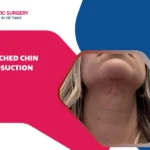




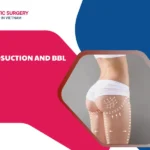
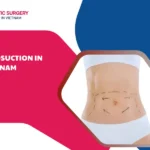
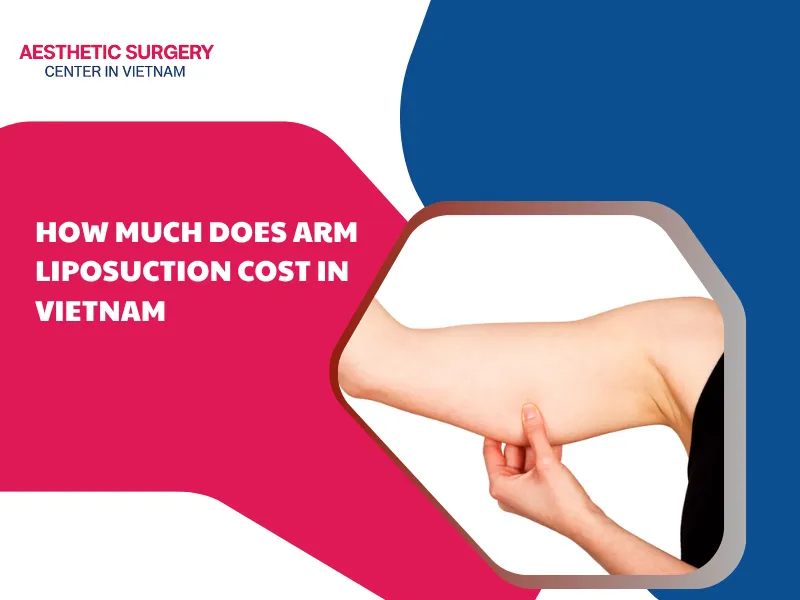
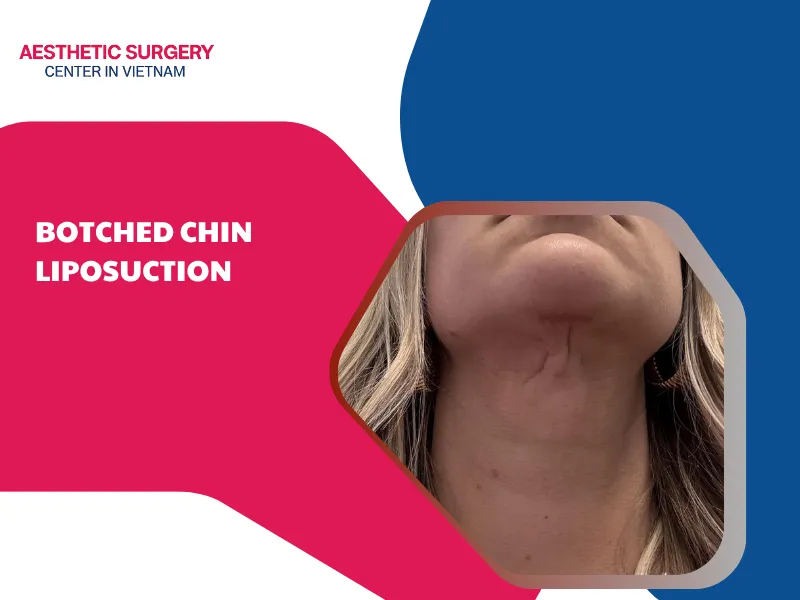
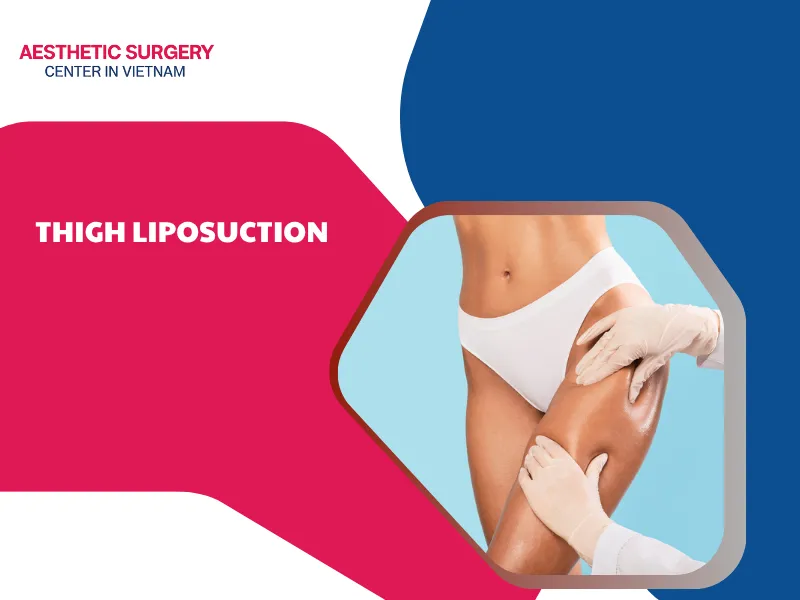
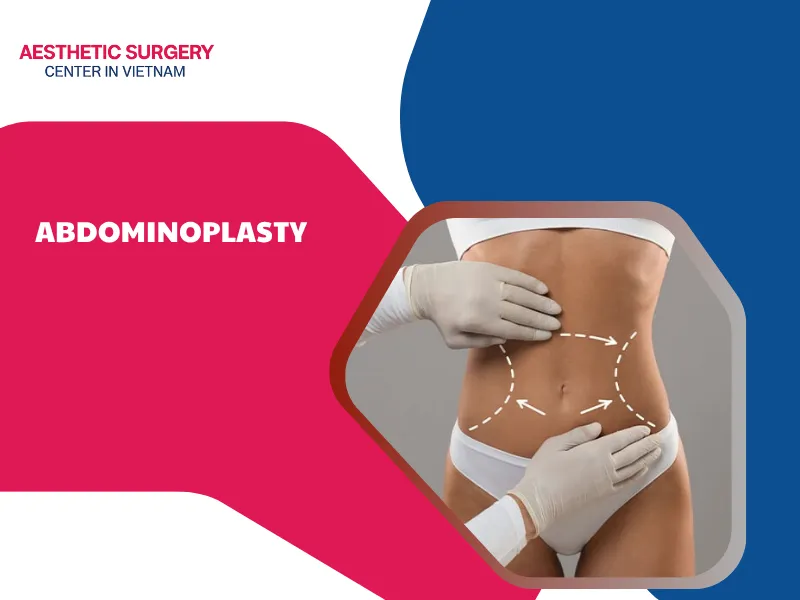
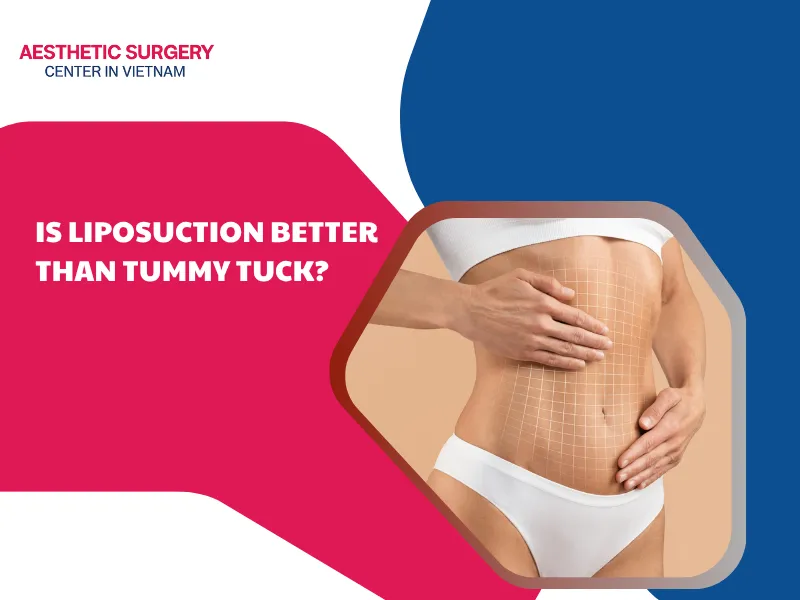




Comment on the post